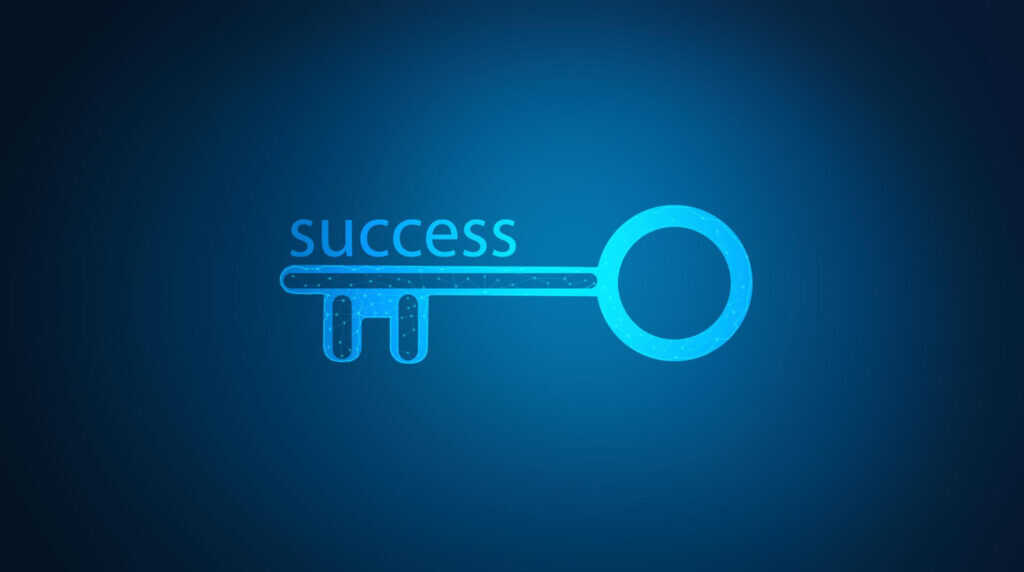Top Strategies to Set Expectations and Keep Clients Happy
Setting clear expectations is crucial in any client-based business. Whether you are a freelancer, a service provider, or running a company, managing client expectations directly influences their satisfaction and your success. This article explores effective strategies to set expectations and maintain client happiness, ensuring a fruitful and long-lasting relationship. We will delve into communication techniques, project management practices, and tools that can aid in this process.
In today’s competitive market, the way you manage your client relationships can set you apart. By establishing clear boundaries, providing consistent updates, and delivering on promises, businesses can foster trust and loyalty. This blog post will discuss practical approaches to ensure that your clients remain satisfied throughout the lifecycle of your services.
Understand Your Clients’ Needs
The foundation of setting realistic expectations lies in understanding what your clients truly need. Conducting thorough initial consultations can help in gathering essential information about their requirements, preferences, and objectives. Ask questions that prompt them to elaborate on their expectations and challenges. This information will guide your approach and ensure alignment from the beginning.
Statistics show that 70% of clients leave a business due to unmet expectations. Therefore, it is essential to not only listen but also to clarify any misconceptions about what can realistically be delivered. For instance, if you are offering a service that requires a specific timeframe, be upfront about what can be accomplished within that period. Providing a comprehensive overview of your services will help clients visualize the outcomes they can expect.
To further enhance this understanding, consider creating client personas based on your typical customer profiles. This will allow you to tailor your services and communication style to better match each client’s expectations and needs. The use of [Pool Biller Software](https://ezpoolbiller.com/) can also help in managing client information efficiently, ensuring that you have all necessary details at your fingertips.
Maintain Open Lines of Communication
Effective communication is a cornerstone of client satisfaction. Establishing a transparent communication strategy ensures that clients feel informed and valued throughout their experience. Set clear channels for communication, whether through email, phone calls, or project management tools. Regular check-ins can help keep clients updated on progress and any potential issues.
Utilizing communication apps or client management tools can streamline this process. These platforms will help in tracking conversations, setting reminders for follow-ups, and ensuring that no client feels neglected. Additionally, consider scheduling regular status updates or project reviews. This proactive approach not only keeps clients informed but also allows you to address their concerns before they escalate.
It’s important to allow clients to provide feedback. This two-way communication fosters trust and can reveal areas where adjustments may be needed. By encouraging clients to voice their opinions, you demonstrate that their satisfaction is your priority. This proactive communication can significantly improve client relations, leading to a stronger partnership.
Set Realistic Timelines and Deliver on Promises
When it comes to project delivery, setting realistic timelines is critical. Overpromising and under-delivering can lead to disappointment and frustration. To avoid this, provide clients with a detailed timeline, outlining each phase of the project along with expected completion dates. This transparency helps manage their expectations effectively.
Moreover, utilize project management software to keep track of deadlines and deliverables. By leveraging tools like [pool service software](https://ezpoolbiller.com/), you can create project milestones that are easily accessible to clients. This visibility allows them to monitor progress, reducing uncertainty and increasing trust in your capabilities.
In case of any delays or changes to the initial plan, communicate these as early as possible. Clients appreciate honesty and transparency, and by keeping them in the loop, you reinforce your commitment to their satisfaction. Remember, it’s better to under-promise and over-deliver than the other way around.
Utilize Technology to Enhance Client Experience
Adopting the right technology can significantly improve client interactions and satisfaction. A well-designed [pool company app](https://ezpoolbiller.com/) can facilitate easy communication, provide updates, and allow clients to manage their accounts seamlessly. These tools can help in automating billing processes, service reminders, and follow-ups, freeing up your time to focus on quality service delivery.
Consider implementing a client portal where clients can log in to view their service history, invoices, and upcoming appointments. This self-service approach not only empowers clients but also reduces their reliance on direct communication for basic inquiries. Enhanced accessibility and convenience will improve their overall experience.
Furthermore, data analytics tools can provide insights into client behaviors and preferences. Understanding these patterns can help tailor your services to better meet their needs, ultimately improving satisfaction rates.
Be Proactive in Problem Resolution
No matter how well you manage expectations, issues may still arise. What matters most is how you handle these situations. Adopt a proactive approach to problem-solving; address issues as soon as they are identified. This demonstrates to clients that you are invested in their satisfaction.
When a problem occurs, reach out to the client immediately with a solution or a plan to rectify the situation. Acknowledging the issue and taking responsibility can go a long way in maintaining trust. For example, if there’s a delay in service, explain the situation honestly and provide a revised timeline for resolution.
Additionally, consider implementing a customer relationship management (CRM) system to track client interactions and previous issues. This will allow you to identify recurring problems and address them before they affect other clients. Being seen as a company that values customer satisfaction will strengthen your reputation and encourage repeat business.
Reward Loyalty and Build Long-Term Relationships
Fostering a long-term relationship with clients not only increases satisfaction but also improves retention rates. Consider implementing a loyalty program or offering discounts for repeat business. These gestures show clients that you appreciate their continued support and encourage them to stay engaged.
Engagement doesn’t have to stop after a project is completed. Regularly reach out to clients through newsletters, updates, or exclusive offers. Keeping your business on their radar will help maintain a connection and can lead to referrals or repeat business down the line.
Remember, building relationships is about more than financial transactions. Take the time to understand your clients beyond their immediate needs. Celebrate milestones with them, whether it’s a business anniversary or a successful project completion. Personal touches can significantly enhance client satisfaction.
Regularly Evaluate Client Satisfaction
Finally, regularly assessing client satisfaction is essential for continuous improvement. Consider sending out surveys or conducting interviews to gather feedback about their experience. This data provides valuable insights into what aspects of your service are working well and where improvements can be made.
Utilize tools that allow you to measure net promoter scores (NPS) to gauge client loyalty and satisfaction. Analyzing this information can highlight strengths and weaknesses in your service delivery, enabling you to adapt to client needs effectively.
Listening to feedback demonstrates your commitment to improvement and allows clients to feel valued in the process. By acting on their suggestions, you can create a cycle of continuous improvement that enhances client experiences. Remember, a happy client is likely to become a loyal advocate for your business.
Conclusion
Setting clear expectations and maintaining client satisfaction is a multifaceted process that requires dedication and effort. Understanding client needs, maintaining open communication, and utilizing technology are key strategies that can foster positive relationships.
By implementing these strategies and tools, such as [service company software](https://ezpoolbiller.com/), you can enhance your client interactions and ensure that their experiences with your business are positive. Remember, a satisfied client is not only more likely to return but also to refer others to your services.
Investing time and resources into managing client expectations will yield long-term benefits. Start applying these strategies today, and watch your client relationships flourish.




